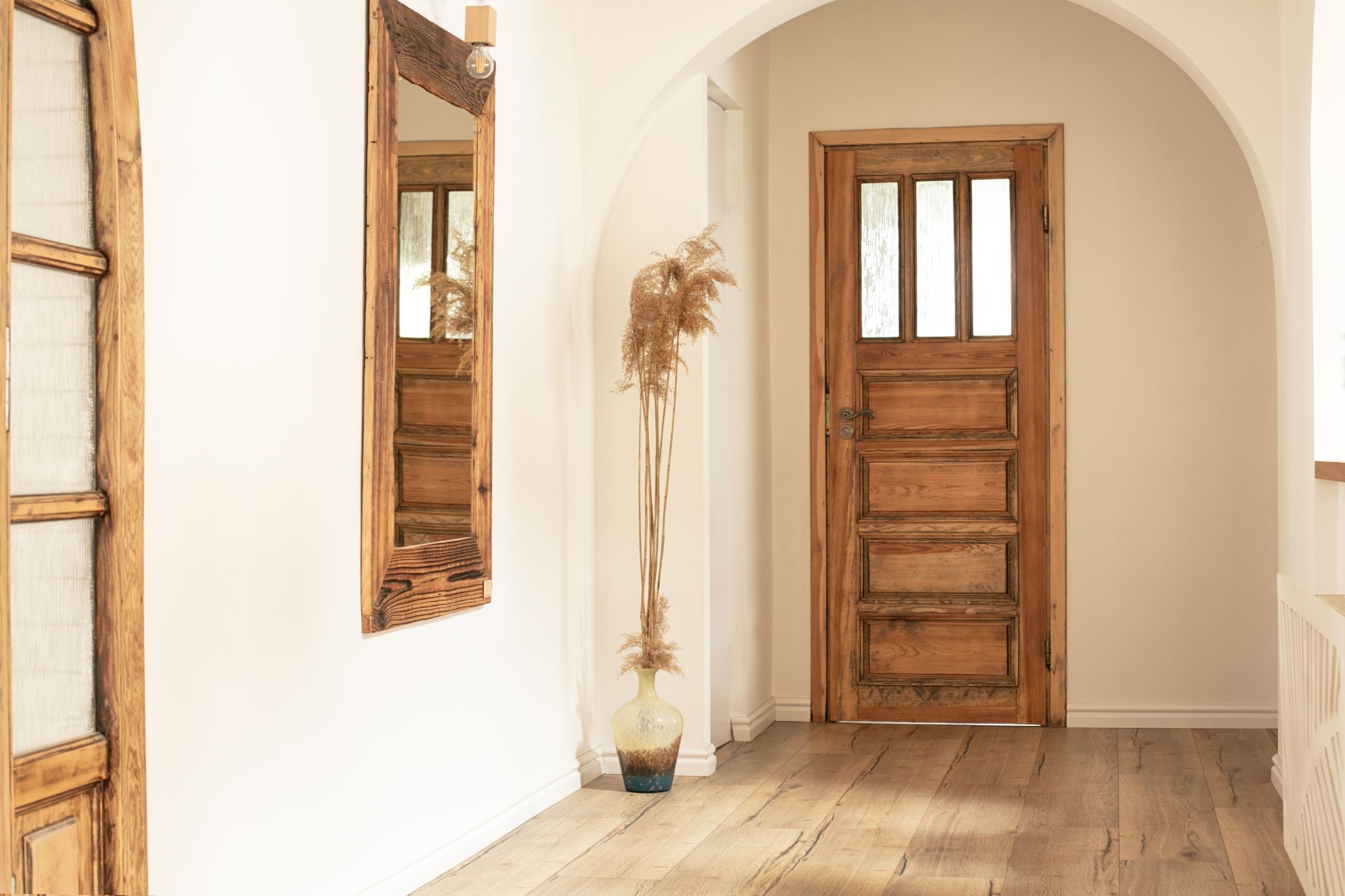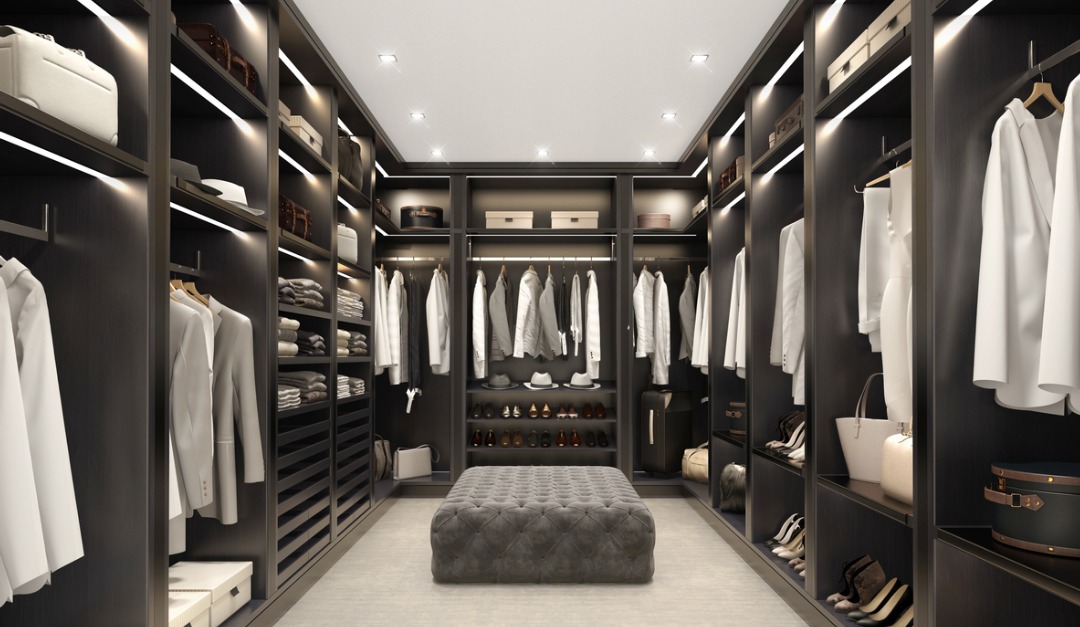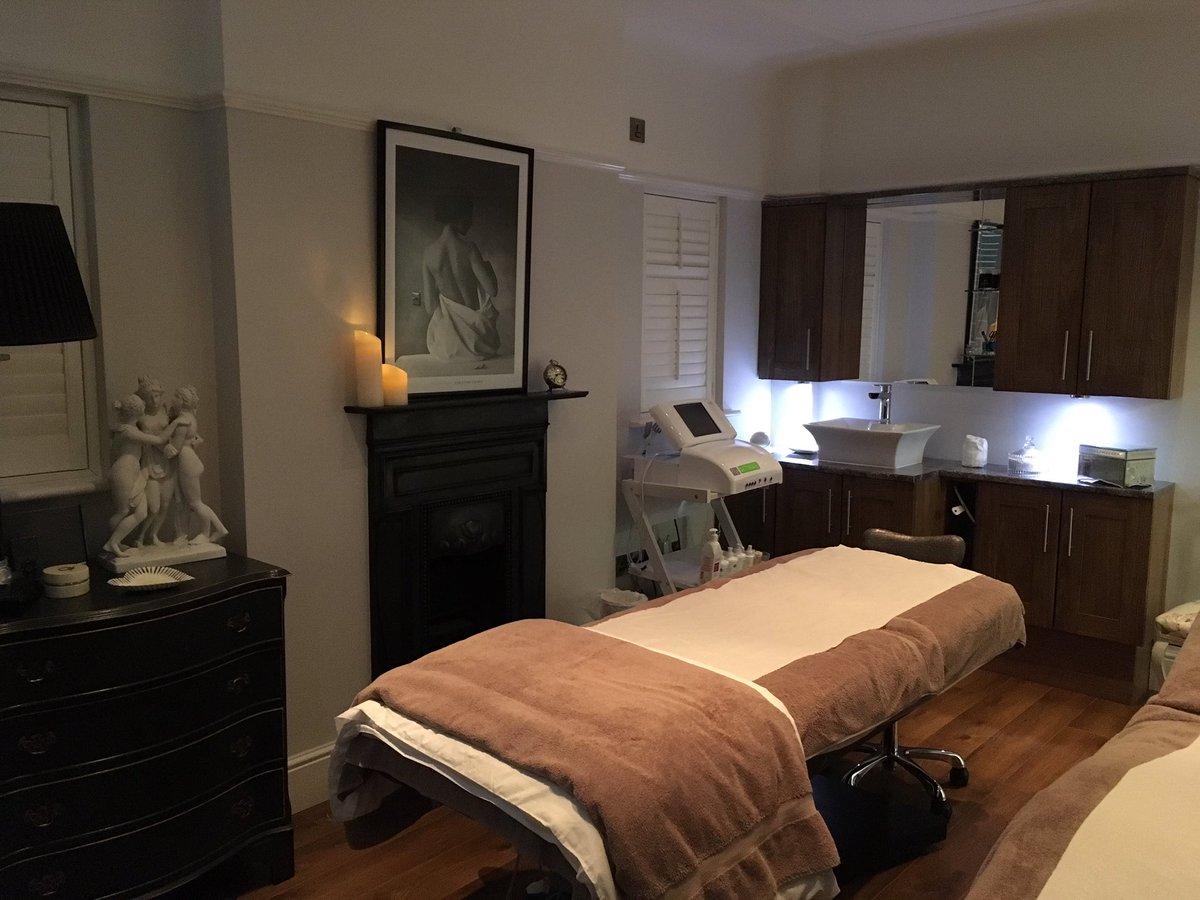Table Of Content

The exterior of Mediterranean homes typically feature a red-tiled roof (usually terra cotta), as well as brick or stucco that’s often painted white. Stone details, carved doors, and raw iron and metalwork on windows, over balconies, and front doors are other common features. A graduate of Art History and formerly Style Editor at Period Living, she is passionate about architecture, creating decorating content, interior styling and writing about craft and historic homes.
Old World Lighting
With a blend of Spanish and Italian architecture, the Mediterranean villas were meant to give the impression of wealth, warmth, and relaxation, bringing the natural world inside. This style is mostly minimalistic and functional, yet has a range of possibilities due to the numerous potential influences, from neutral natural colors to vibrantly colored and patterned textiles. A Greek-inspired wagon-wheel chandelier might be just the thing your room needs. Curled and wrought iron is the preferred material for lights and lighting fixtures in Mediterranean interiors.
Mediterranean style = natural materials
Rockwell Group's restaurant design celebrates Mediterranean architecture - STIRworld
Rockwell Group's restaurant design celebrates Mediterranean architecture.
Posted: Tue, 04 Oct 2022 07:00:00 GMT [source]
Resulting in a warm and inviting space that feels both elegant and stylish. These finishes embrace the imperfections and textures found in organic materials. One of the most distinctive features of Mediterranean homes is their use of color and texture.
What is Mediterranean interior design?
White-washed walls, exposed brick and stone or terracotta floors typically serve as the basis for these interiors with furniture made from natural materials. Mediterranean interiors can often be defined by their minimal, paired back aesthetic that focuses on creating bright, airy and cool living spaces that offer an escape from the heat of the sun. The key is to balance the two styles by using a neutral color palette and selecting pieces that complement each other. With a little creativity and attention to detail, you can create a beautiful and harmonious space that blends the best of both worlds. The style is characterized by the use of luxurious materials like marble, velvet, and silk, as well as intricate detailing and ornate finishes. Orange and green are also popular colors in Mediterranean interior design.

The architecture in St. Augustine, Florida, was heavily inspired by the Spanish. Last but not least, Mediterranean decor blurs the boundaries between outside and in, so be sure to factor in plenty of houseplants such as palms, cacti and scented geraniums. Even though the style is unique, there is a wide variety of options for everyone.
In 711 AD, Moorish invaders transformed the Iberian peninsula and introduced incredible new architectural motifs
She envisions the company as a middleman, taking care of negotiations and brand building so designers can focus on creating. The idea is to give those working in interiors an added legitimacy in an Instagram and Pinterest world. Brianna Michelle Interior Design has beautifully reimagined this modern Mediterranean-style lakefront home, located in Windermere, Florida. The renovation began with a focus on opening up the entire floor plan.
Frame the Soul: Modern Mediterranean Style Living Room Essentials
Whitewashed walls are a hallmark of Mediterranean design, instantly evoking a sense of coolness and tranquillity. Embrace this classic technique by applying a fresh coat of white paint to your walls, allowing the natural light to bounce around the room. To further enhance the Mediterranean vibe, consider adding arched doorways and windows, creating a sense of grandeur and elegance. Wrought iron accents, weathered woods, and natural stone elements are fundamental in capturing the charm of the region.
Ronderos, who tends to work on Mediterranean homes with an outdated yellow tone, agrees. In addition to warming up the space with wood and natural materials, like stone and marble with geometric patterns, Ronderos relies keeps both paint and furnishings minimal. "The first thing that we do is brighten it up with a crisp white paint to finish," she says.
Mediterranean bathrooms are rustic, often featuring wooden ceiling beams, wood vanities, tile floors, and stone accents. The use of brick and wood in this Mediterranean kitchen adds a ton of texture while still creating a neutral backdrop. Even though this kitchen has modern conveniences, like a tv, it has an old-world feel and bright look.
Finally, indoor-outdoor living is a key element of Mediterranean design. Whether it’s a patio with a view of the sea or a courtyard with a fountain, these spaces are designed to blur the line between indoors and outdoors, creating a seamless transition between the two. Ceramics and pottery are an essential part of Mediterranean interior design.
Soft, earthy neutral tones like cream and beige to vibrant blues, greens, reds, oranges. Natural tones from wood and stone also feature well in Mediterranean-style homes as the style embraces colors from nature. By that same token, texture is king when it comes to achieving this age-old look. Plaster products can be applied to your walls if you're starting from the classic "white box" stage of decorating—and again, don't feel the need to aim for perfection.
The focus is on creating a bright and airy space that feels open and inviting. Whitewashed walls, blue accents, and natural textures like wood and stone are the key elements of Greek design. Greek interiors also often feature handcrafted pottery, woven textiles, and traditional decorative items like evil eye amulets. Mediterranean interior design is a style that reflects the breezy, sun-kissed lifestyle of southern Europe and the coastal areas of the Mediterranean Sea. This style is characterized by open, airy spaces, natural materials like wood and stone, and a color palette inspired by the sea and sky, often featuring blues, whites, and earth tones.
However, if wooden cabinets are not possible, you can invest in stone textured tiles and marble countertops. Hand-painted tiles in blue and other bright color schemes are also traditional to the Greek interiors. Adding them will help in breaking the monotony and adding colors to the kitchen. Warm wood finishes, earthy tones, exposed beams, and arches are all still core to modern Mediterranean interior design, helping to introduce timeless appeal. 'The traditional natural features such as stucco exteriors, terra-cotta roofs, wood beam details, plaster walls, and ironwork are still front and center,' she adds.
Furniture in Mediterranean interior design is often rustic and robust, made from materials like wood, wrought iron, and stone. Pieces are typically substantial yet simple in form, with an emphasis on durability and comfort. Opt for low, plush sofas, heavy wooden tables, and ornate wrought iron or wooden chairs. Yellow and umber are two other colors that are commonly used in Mediterranean interior design. Yellow is often used in small doses to add a pop of color to a space.













